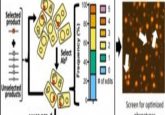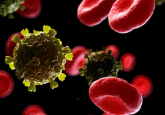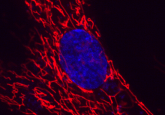Genetic disorder corrected by a powerful CRISPR tool
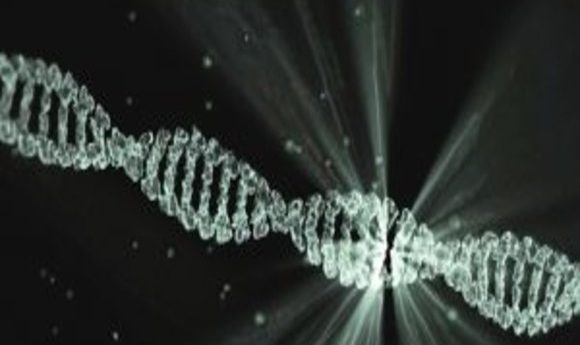
Using a variant of CRISPR technology, scientists made a precise change to correct a genetic disorder in human embryos.
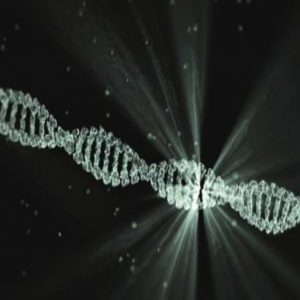
The CRISPR base editor technique allows scientists to make a precise substitution at a single base pair.
Since the advent of CRISPR technology, scientists have developed variants of the technique that expand its abilities. Recently, a group of scientists at Sun Yat-sen University (Guangzhou, China) led by Junjiu Huang, used the CRISPR base-editor system to correct a genetic disorder called β-thalassemia in human embryos.
CRISPR relies on an RNA sequence that guides the Cas9 nuclease to a precise location on DNA. Cas9 then introduces a break in the DNA, which the cell repairs. This system does not allow scientists to precisely and efficiently substitute one base pair for another and also carries the risk of off-target effects on other parts of the genome.
The more recently introduced base-editor system relies on the same CRISPR toolkit but functions differently. Rather than Cas9 cutting the DNA, a modified enzyme makes a precise change in a single-base pair, such as C to T, or G to A. As a result, scientists can use the base-editor system to correct mutations without fear of impacting the rest of the genome.
Huang and his group wanted to demonstrate the abilities of the base-editor system by treating a genetic disorder in human embryos. They decided to target β-thalassemia, a common blood disorder caused by a single point mutation, which is prevalent in China and Southeast Asia.
First, the team generated embryos by fusing fibroblasts from β-thalassemia patients with enucleated oocytes. Using the base-editor system, they then changed G to A to correct the point mutation. They successfully corrected the disease in 23% of the embryos.
“Our study opens new avenues for both germline gene therapy and somatic cell therapy of β-thalassemia, and even other inherited diseases,” explained Huang.
While clinical application of this technique is a long-term goal, for now, Huang and his team aim to improve the efficiency of the base conversion and to explore the rest of the genome for potential off-target effects.
“[Huang’s team] used the technology to make a very specific correction, and that shows a lot of promise in disease treatment,” commented Timothy Nottoli, who directs the Yale University (CT, USA) CRISPR Core facility and was not involved with the study. “This, to me, was a demonstration that the technique could work, with a reasonable efficiency.”
Nottoli emphasized the importance of continuing to develop CRISPR technology while working to achieve a thorough understanding of the risks, limitations, and ethics of using it in humans. “We’re just at the beginning of understanding what we can do,” he concluded.
